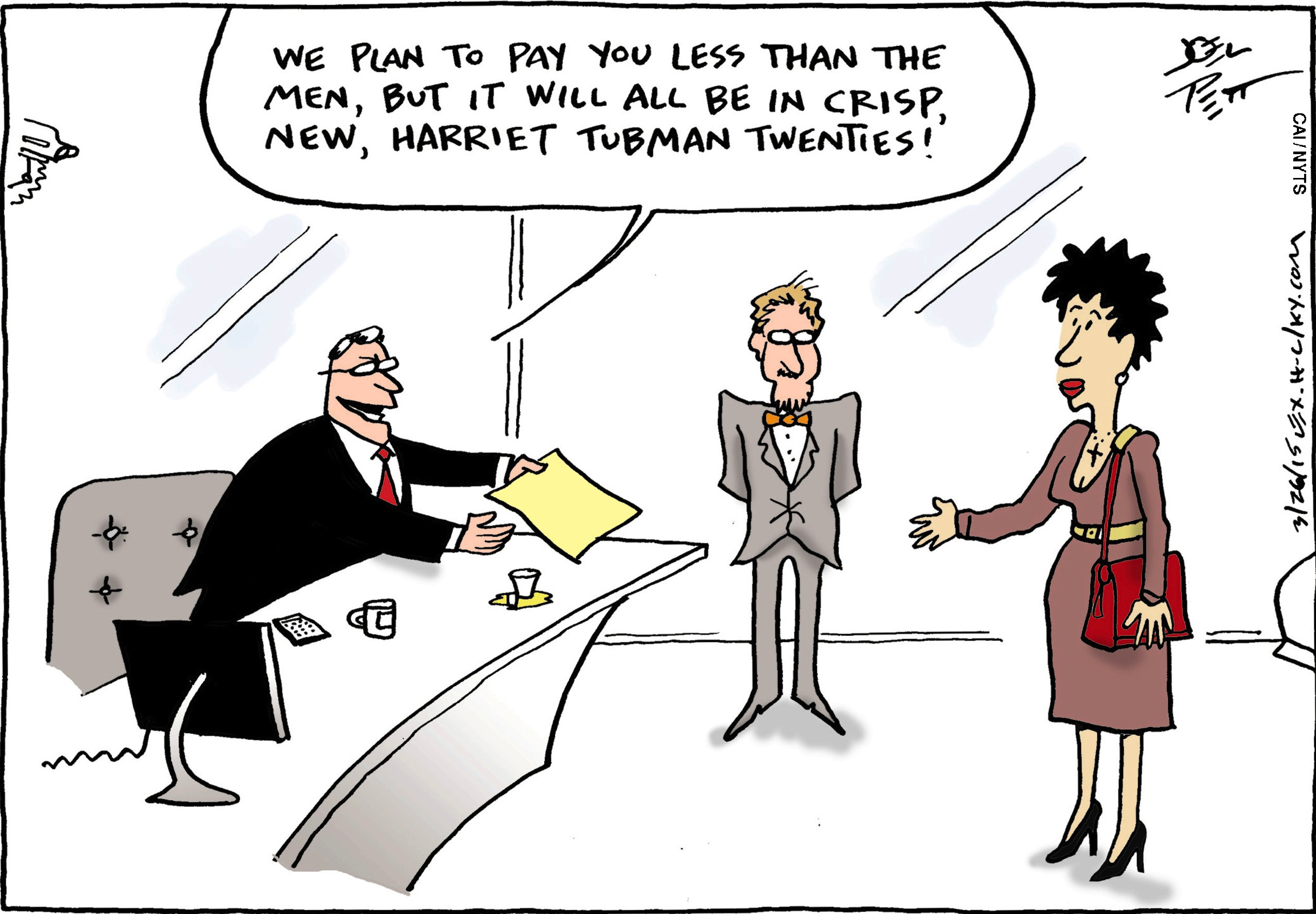The U.S. Treasury's decision to portray the great anti-slavery warrior Harriet Tubman on the face of the $20 bill is symbolic on many levels. The fact that she'll replace Andrew Jackson — the country's seventh president, and a man who owned more than 100 slaves — is especially sweet. What's even more remarkable, though, is how significant the $20 denomination would be for Tubman throughout her life.
That's the precise amount Harriet's elderly father Ben Ross, a timber harvester, paid his employer Eliza Brodess in 1855, to buy his wife Rit her freedom. Eliza was the widow of Edward Brodess, the owner of a small plantation in Dorchester County, on the Eastern Shore of Maryland. The Brodesses used to hire out Harriet to neighboring farms, where she was brutally flogged as a young child. After she ran away to Philadelphia in 1849, afraid of being sold like her sisters, Eliza was the one who offered a reward for her return.
Two years later, a desperate Harriet would demand $20 of abolitionists at the Anti-Slavery Office in New York to fund a mission to bring her septuagenarian parents from Maryland to Canada.



